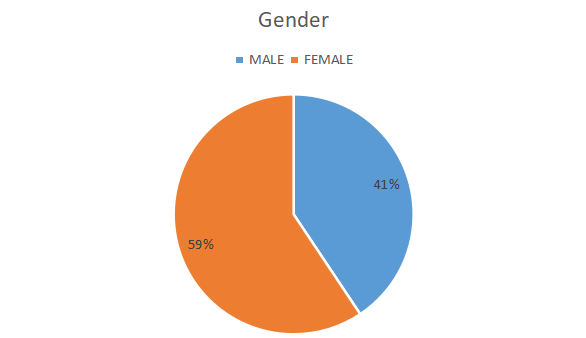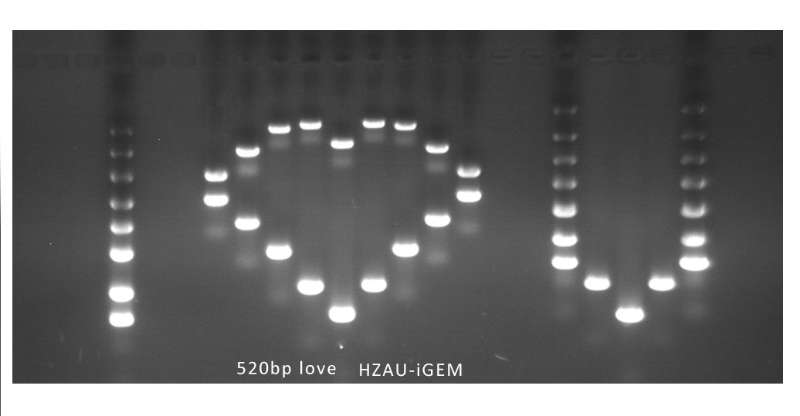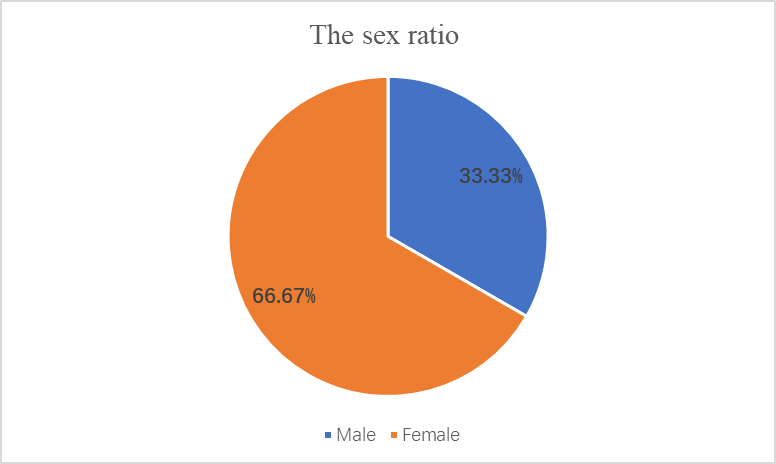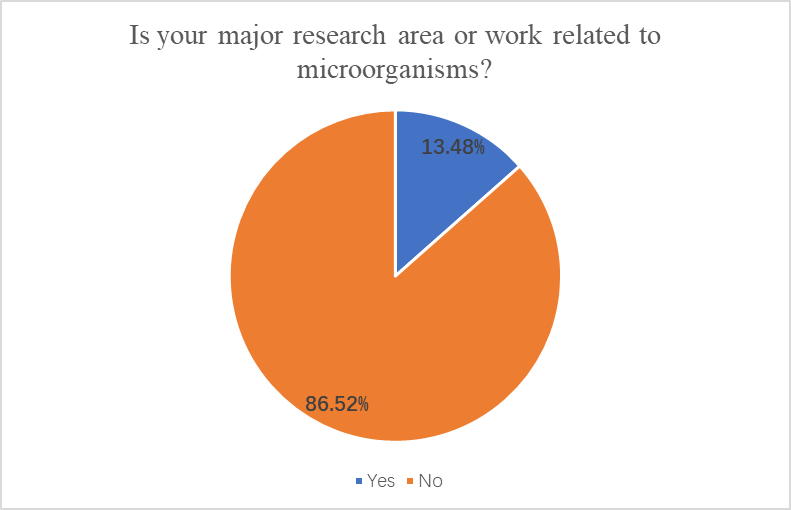. Overview
In 2019, we changed the way we used to think about human practices. We believe the goal of human practices is to bridge the project and people. So we mainly divide this year into three stages:
"Before Project" ---------When the project has not been decided yet.
"In Project" ---------When the project is designing and completing.
"After Project" ---------When the project has been completed mostly.
We carried out different activities in different periods, and make sure that all activities not only work for our project but are also helpful to the world.
. Before Project
o Inspiration From “Future Scientists”
We hope the idea of our project comes from people so that we can truly meet their need. Well, we got the inspiration from a child in our first public engagement event "Future scientists", the boy who left last asked a question "May I keep this smell of E.coli for my father?" It got us thinking: why don't we just design a project for recording and replaying smells?

o The Questionnaire About Willing
In order to figure out whether the wish of that boy is what people want, we made a questionnaire. Finally ,we got a positive response that 92% people we researched had a willing to record and replay certain smells. Most importantly, many smells can not be replayed in a traditional way, so our project "Smell Once More" thrived.




. In Project
o Life Record For Team Members
During the design and completion of our project, we hoped that the public can take part in our project, and the ideas of people can help us make our project better as well. More importantly, our team members are people who understand our project best, so we set a program called "member talks" in WeChat and QQ official accounts for publicity, which aim to record our lives and get the ideas from the public.

. About Design
o Design Improvement In CCiC
CCiC, short for Conference of China iGEMer Community, is an annual iGEMer offline communication event in China. This year's CCiC conference was held at the Shenzhen Institute of Advanced Technology under the theme of "Synbiopunk", with 70 teams from more than 60 universities participating, the largest ever. Many experts in the field of synthetic biology were invited to give speeches of frontier science.
Each team shared their project and learned from others in this five-day feast of synthetic biology. Except for presentation, we were also asked to put up a poster to better explain our project and communicate with other teams.
During presentation, judges posed some questions which proved to be helpful in our future experiments. Such as the structure of our promoter and RBS could be improved; low copy plasmid skeleton is more favorable considering the metabolic pressure and so on. He also mentioned the practicality of our project which is really a big challenge to HP group.
During the meeting, we also communicated with NJTech-China and HBUT-China. We helped with their presentation and module a lot and they corrected few mistakes of our experiments.
This great conference brought us fantastic ideas of national iGEMer and made us feel the great charm of synthetic biology again.
. About Hardware And Software
o Get The Idea
In September, we held a freshman-oriented seminar to give publicity to our team. We mainly introduced the development and applications of synthetic biology, the iGEM competition and our members. And when we came to the part of our project, those young adults seemed particularly interested. We tried to make it clear and understandable. We ask some questions and many of them gave us a good suggestion.Someone mentioned that maybe we can record smells whenever we want.

Then, we got the idea that we need to make a portable equipment which can be carried wherever we want, so we hold a meeting afterward.
In the end, we decided to make a set of hardware and software. Since our hardware needs to carry E.coli out of our lab, so we decide to make the second questionnaire.
o The Questionnaire About Acceptability
The ultimate goal of our project is to integrate several types of engineered bacteria with specific odor perception, memory, release and erasure functions into a practical product for People's daily life.
Therefore, the public's acceptance of the genetic technology and microbiological technology involved in our project as well as the concerns about the biosecurity of our use of microflora will affect the final development of our project and the design of hardware respectively. Therefore, we collect data through questionnaire survey to understand the public's understanding of microorganisms and biotechnological applications, as well as their attitudes and considerations on biosafety issues.
We can clearly see that women account for two-thirds of the participants in the questionnaire. However, by horizontally comparing the gender ratio of participants in the same type of questionnaire, we cannot draw the conclusion that compared with men, women are more concerned or sensitive to the possible biosafety problems behind our project. However, with reference to the educational background of the participants in this questionnaire (more than 80% of the participants have a high school's degree or above) and the proportion of those engaged in work or research in the field of microbiology (more than 13% of the participants), we believe that the results of this questionnaire have certain professional and reference value.
Through the analysis of the feedback data, it is not difficult to find that almost all respondents have a preliminary and correct understanding of microorganisms in the environment, and can correctly realize the potential biosecurity risks behind most bioengineering, especially microbial technology. Such results undoubtedly confirm that the final product of our project has a relatively high security and a relatively low threshold for use on the premise of a large number of people and acceptance.
Then, by analyzing the feedback data, we found that in addition to the ecological and environmental issues that have been closely concerned in biosafety, participants also attached great importance to the impact of accidental ingestion of microbial products on life and health. This requires us to consider not only the device's tightness and biological safety but also more humanized safety components when designing the hardware, so as to prevent children and other special groups from accidentally taking the chemical biological reagents in the fermentation tank and liquid storage box. In addition, referring to some of the approaches proposed by participants to address biosafety issues, in the future, we may embed ultraviolet sterilizing tubes in the walls of fermentation tanks and waste tanks or adopt cell-free systems.
Finally, through the questionnaire, we clarified the public's understanding of microorganisms and microbial safety, understood the public's safety requirements for the final product of the project and clarified the product's future positioning.










o Teacher's Opinion For Hardware
Developing a portable device is full of challenge. Plenty of factors need to be considered including the cultivation of E. coli, the perception and release of gases and so on. To deal with these problems, we went for advices from a bioengineering teacher. He told us since the amount of gas it produced is tiny, we need to enrich them so that they can be better perceived by human. Besides, he also mentioned the by-product and exhausted gas should not be ignored. In addition to that, he said our hardware has great economic advantages compared with normal machines. His advices brought us confidence in making it a better device.
o Adult Odor Assessment
The premise that our engineering bacteria can complete the odor perception is that the bacterium has the operon to feel the substance, but unfortunately the odor substance in the real environment is very complicated. For the time being, given the metabolic stress, we can only convert a specific metabolic pathway into engineering bacteria. Therefore, there is a contradiction between the function and volume of the final product. We need to collect a large amount of data through odor evaluation to select the most sensitive, favorite and most impressive odor substance in the public.
Overview of odor evaluation experiments and methods:
Because the experimental content is relatively simple, we only conducted a basic olfactory assessment of the volunteers before the official start of the experiment, and then selected 50 male and female olfactory disorders to participate in the formal experiment.
Under the condition of ensuring that all volunteers had at least two hours after the meal and did not take strong irritating food, we set the experiment time at 10 am and five experimenters in five separate activity rooms. Previously, we have stored five groups of ten representative odorants (Chopped Pepper, Shallot, Garlic, Ginger, Peppermint, Apple, Green Orange, Banana, Lemon, Sakima) on the side and bottom. The bread has kraft paper and is used in an open glass bottle with an opaque single layer of gauze.
The experiment officially began, and we arranged volunteers to enter the activity room one by one to participate in the experiment. First, we bring eye masks to volunteers to minimize the effects of other perceptions. Then take the No. 1 scent bottle and hand it to the volunteers, and provide 30 seconds for the volunteers to feel the smell of the substance only by the sense of smell. After the feeling is completed, the experimenter asks the volunteers about the feelings and attitudes of the previous odor and the guess of the odor substance. The above experimental procedure was repeated after the recording was completed until the volunteers felt the complete group odor. Finally, statistical analysis was performed on the evaluation data of all volunteers.


By observing Figure 1, we can easily find that there is no gender difference in the process of sensing odor substances only through smell, that is, there is no gender gap between male and female perception of odor.
In the process of comprehensive analysis of Figure 2, Figure 3 and Figure 4, we find that people's attitudes towards different odors are often very clear, and there is a relatively clear judgment standard for the pleasure or disgust of odor. At the same time, the convergence of the results indicates that people have a certain regularity about the taste of odor in a certain geographical scope and the same cultural background. This shows that we can use a large number of experimental data to summarize people's preference for odor in a specific environment.
As far as the results of this experiment are concerned, we can see that among the odors considered to be pleasant, the lemon scent type is mainly mixed with a special fruit scent. However, when comparing male and female preference odors, we found that there may be gender differences in certain special scent types (such as mint scent). This means that in future experiments we need to prepare more odor types to confirm our conjecture. At the same time, we can consider adding more user-friendly design to the end products of the project to meet the needs of different genders and groups of users.




. After Project
o For Entertainment: Project With VR
In the process of doing human practices, the practicality of the project is the most troublesome thing we encountered. The biological conditions kind of restricted our project from being widely applied. In order to solve this problem, we sought many possible ways as well as products already existed to get inspiration.
Fortunately, we came across a company called Scent Realm, who focused on the smell memory as well but adopting a whole different way—digital processing. They combined digital scent with movies, so that users can enjoy the scent of the corresponding scene while watching movies. It gives users a multidimensional and more immersive experience. Except for that, they also put these equipment in advertising and other fields. We then contact them on Wechat and asked for more details and suggestions. They really gave us a lot of inspirations. We realized that movies, games, traveling, educating, car fragrance and even diagnosing are all potential areas. Among them, the education of children with odor defects attracts us most. For those kids, using smell as a medium of communication outweigh the words sometimes. We were eager to give it a try so we held an activity for those kids with autism.


o "Hey! Smells "
When our project was in its infancy, we came up with the idea of making a brochure with a view to facilitate future communication and promotion. In a series of social practice activities associated with the project, we found that the public's description of odors is often relatively vague, preferring semantic descriptions to the analogy with common odor substances. At the same time, smells are more physical than images and sounds, and we are always more dependent on sight or even hearing when processing external information. But in fact, smell is always closely linked to our life, and plays an important role in such aspects as emotional information transmission and behavior tendency.
Therefore, in planning the contents of the brochure, we deliberately put the classification of odors, odor functions into it. And hoping that through this form, the public will establish the basic concept of science about smell while trying to rely more on our sense of smell to explore the colorful and wonderful world.
In addition, the ultimate goal of our project is to bring engineering bacteria with sensory, memory, release, and erasure functions to our lives as a mature product.
To this end, we have designed a simple-function device and compatible control software and prepared a description of the device. In order to further the public understanding of the significance and practical value of our project, we will put this equipment introduction and usage instructions into the brochure. Of course, we will also thank those who provide valuable advices on the direction of our project and the design of our hardware. So, at the end of the brochure, we have made a brief summary of all the suggestions that the public has put forward to us and gave them back.

o “Smell Once More”
As we all know, smells are always related with people and time. And smells are always a part of our memory.
Our project's name "Smell once more" comes from "Yesterday Once More" which is also about memory.
Through papers we found that some people will find some special smells from someone who he/she is super familiar with such as parents, lover or best friend.
So we interviewed many parent-child, couples and friends and collected the feeling of them. We found that special smells truly exist. But some times, we can't describe the smell directly, unless we get this special smell will we feel safe. So we define that smell is just the same as someone's smell.
We invited some couples to join in this video, and we call this video "Smell Once More" too, which has the same name as our project,the couples in this video fall in love with each other in different ways, and they all can find the special smell from each other. Now, here comes the video.




